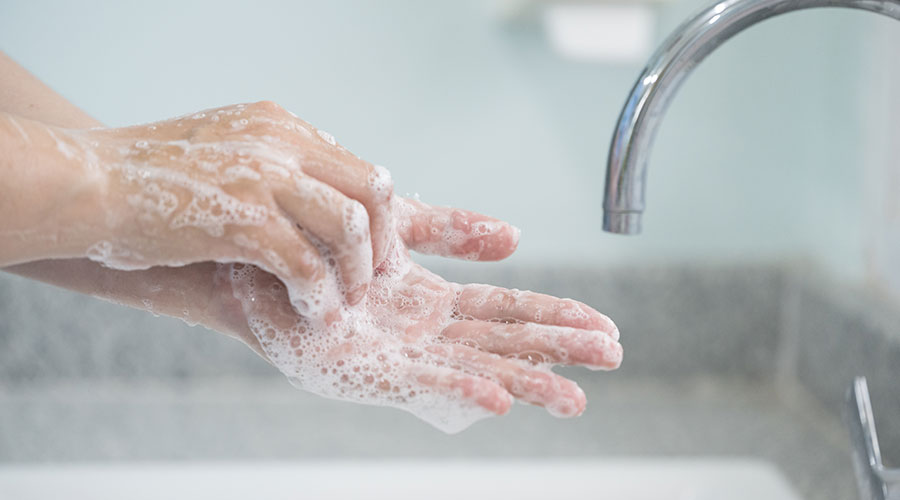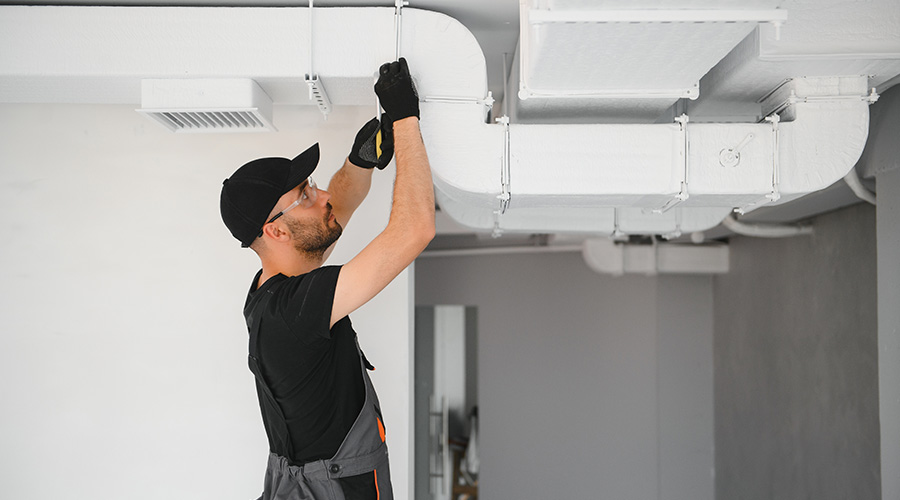In 1850, Dr. Ignaz Semmelweis saved many lives with three simple words: Wash your hands. The 2001 edition of the FGI Healthcare Facility Guidelines was the first time the Facility Guidelines Institute included the requirement for new construction that a handwashing station be provided in the patient room in addition to a sink in the toilet room.
The intention was that positioning a handwashing sink station near the entrance of the room provides unobstructed access for use by healthcare personnel and others and encourages hand hygiene compliance — a top priority for protecting patients and staff from potentially deadly germs. Subsequent research has indicated that patients preferred seeing staff wash their hands. Historically, hand washing compliance by staff between seeing patients was low at many institutions.
One year after the changes to the FGI guidelines, the Centers for Disease Control and Prevention (CDC) revised its collective hand hygiene guidelines to recognize the efficacy of alcohol-based hand sanitizer (ABHS) products as a secondary sanitizing solution if soap and water are not available or if saving time is important. Afterwards, ABHS use proliferated at the entry to patient rooms and throughout the hospital.
It is important to keep in mind that the efficacy of ABHS depends on the type of alcohol, the quantity applied, the technique used and the consistency of use. Also, these products are not ideal for some situations, such as preventing the spread of certain alcohol-resistant infections — including Candida auris, C. diff, Norovirus and Cryptosporidium — or when hands are significantly soiled and the bacterial load is too high.
Then there is the problem of the splash zone for sinks. The design of most sinks does not prevent the faucet’s stream of water from hitting the bottom of the bowl. To address this problem, do not have the gooseneck faucet stream directly into the drain. Instead, have it drain to the side of the bowl. Do not allow it to splash. Make sure it is deep enough that it can not splash on the user and clothing. Also make sure that the materials around sinks is waterproof.
As more hospitals have become aware of the potential for bacteria and superbug contamination from plumbing systems, the industry has responded by developing new fixtures and systems that reduce or eliminate the potential of infection. These include implementing ultraviolet (UV) lights, low-splash sinks and exhaust in fixtures, as well as automatic injections of sanitizing agents.
Of course, the planning, design and installation of these more sophisticated fixtures require infrastructure to support their associated strategies. Electrical and exhaust connections, along with new piping systems and other central systems, bolster the different strategies designed to reduce infection in the care environment. Reimagining an entire system from the ground up can drive up construction costs but in the end can reduce the overall costs of healthcare.
Advances in emerging compact UVC LED lamps with rapidly increasing efficiencies have the potential to alter the horizon of UVC disinfection. Such advances can be incorporated into confined spaces to inhibit surface colonization on inaccessible surfaces, such as those in hospital sinks.
Recent innovations in infection prevention and control include continuously active disinfection that kills microbes and prevents the growth of harmful biofilms on surfaces in real time. These discoveries are game changers in sink design.
J. Darrel Hicks, BA, MESRE, CHESP, Certificate of Mastery in Infection Prevention, is the past president of the Healthcare Surfaces Institute. Hicks is nationally recognized as a subject matter expert in infection prevention and control as it relates to cleaning. He is the owner and principal of Safe, Clean and Disinfected. His enterprise specializes in B2B consulting, webinar presentations, seminars and facility consulting services related to cleaning and disinfection. He can be reached at darrel@darrelhicks.com, or learn more at www.darrelhicks.com.

 Healthcare Real Estate: Responding to Shifting Patient Demands
Healthcare Real Estate: Responding to Shifting Patient Demands Over 40% of Workers Impacted by Seasonal Depression
Over 40% of Workers Impacted by Seasonal Depression Archer Property Partners Acquires Medical Office Building Near Tri-City Hospital
Archer Property Partners Acquires Medical Office Building Near Tri-City Hospital The OR HVAC Puzzle: Why Individual Systems Are on the Rise
The OR HVAC Puzzle: Why Individual Systems Are on the Rise Sutter Health Announces Plans for New Santa Clara Medical Center
Sutter Health Announces Plans for New Santa Clara Medical Center